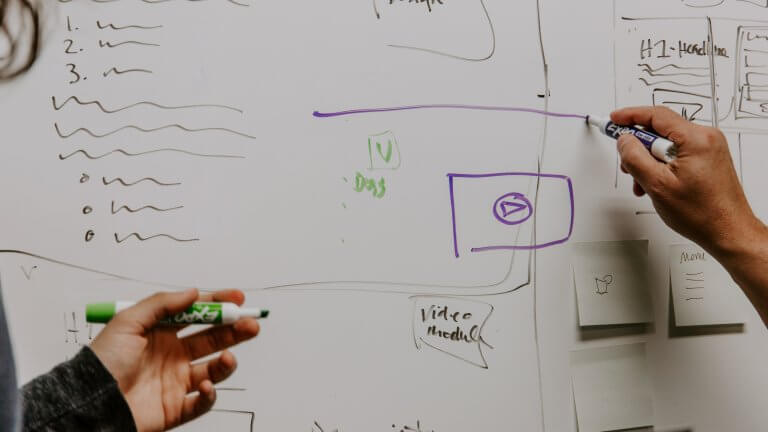Project Based Learning (also known as PBL) is a method of instruction that encourages students to learn through the use of projects and problem-solving. Project based learning projects are more than just engaging lessons, instead, they include essential elements that raise the rigor of learning in a project.
These projects are aligned with multiple standards and often across multiple content areas. They’re usually student-driven with many chances for students to make choices about how they work on a project and how they present their findings.
Often the type of projects your students will work on take place over time. This means that some project based learning projects take weeks while others can take months, or even a whole semester! They’re great ways of encouraging your most advanced or creative learners to engage in knowledge in new and exciting ways.
Project Based Learning works across content areas.
We know that in the real world, problems frequently require more than just information and skills found in one subject area. Project Based Learning is usually used with a diverse group of learners and focuses on students applying what they know from multiple content areas to solve a real-world problem.
Students in these types of classrooms use skills and knowledge they’ve gained from multiple different content areas to help them solve problems. They might pull from their math and science classes to help build structures or engineer solutions. They can use knowledge from social studies classrooms to understand the historical and social influences on their problem. Finally, they might lean on their ELAR classes to learn how to present their findings to the public in an influential way.
Project Based Learning is active and complex
Unlike traditional classrooms that often require recalling information or recognizing information, project based learning applies knowledge and skills. This means it’s a great way of assessing how your students apply what they’ve learned academically into a new context.
Much like the scientific process, PBL starts with an initial question. This initial question leads students through the project based learning process, encouraging them to learn more about the question while also finding real world applications for it. This type of complex thinking leads to the development of skills vital for the 21st century like problem solving, communicating effectively, and designing research based solutions.
Project Based Learning is student driven
In this type of classroom, you’ll see groups of students working on different aspects of the project. Each aspect is driven by the need to problem solve in order to address a driving question. For example, one group of students may be researching to learn more about background information, while another group is developing questions for an interview with a business professional in a field associated with the project. Teachers participate in PBL by acting as facilitators in the classroom. They’ll check on the status of each group, and teach mini-lessons or provide guidance as needed. They’ll also have checkpoints that determine if students are staying on task and are on-track with the project timeline.
Amber Reinecke is the Cross-Curricular Systems Program Manager and Gifted and Talented (GT) Specialist at ESC Region 13. She has experience as an elementary classroom GT teacher, as well as six years of experience as a Gifted and Talented Pull-out Teacher and Instructional Coach. She has a passion for working with the gifted community in order to advocate for student needs.






Add comment